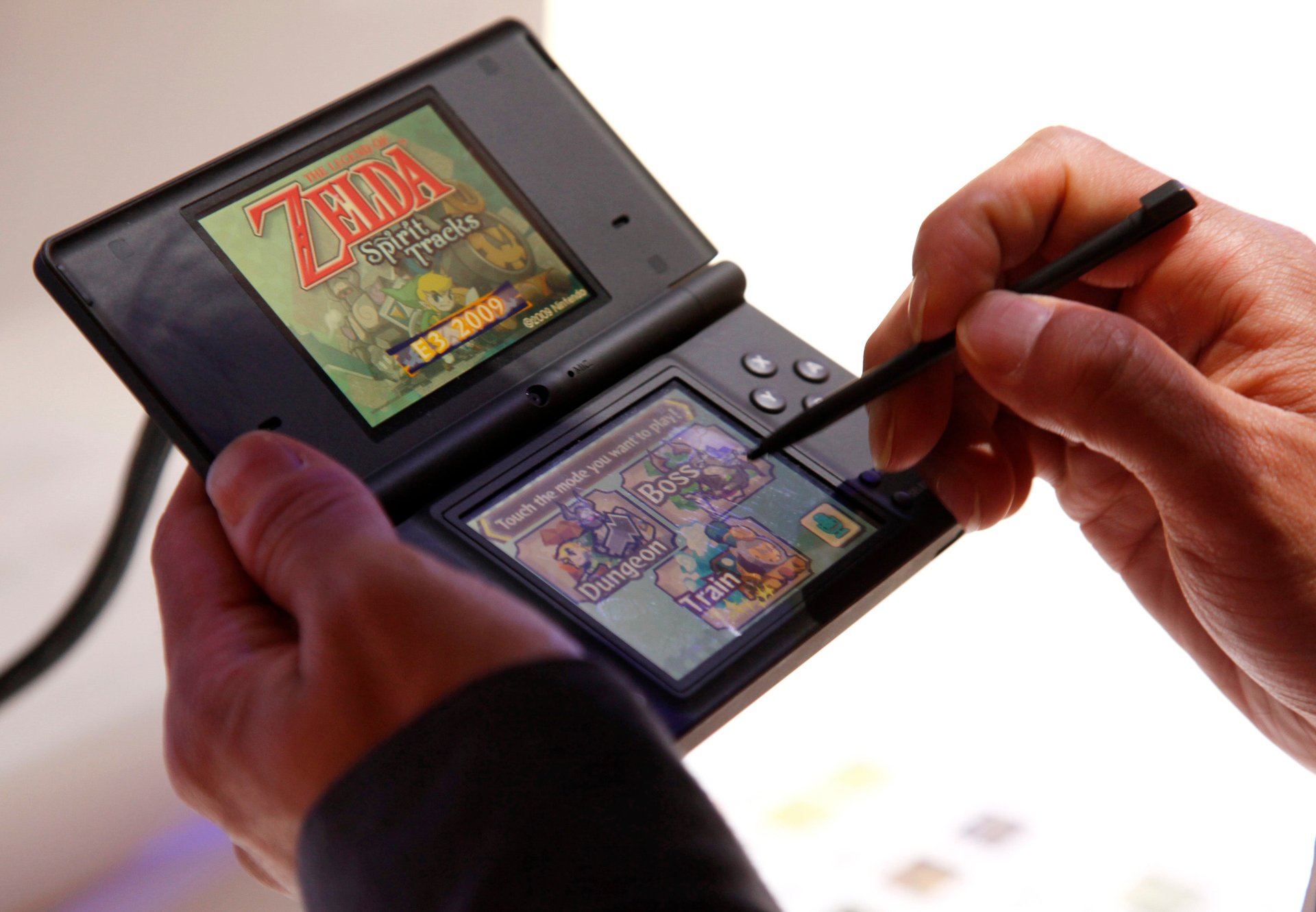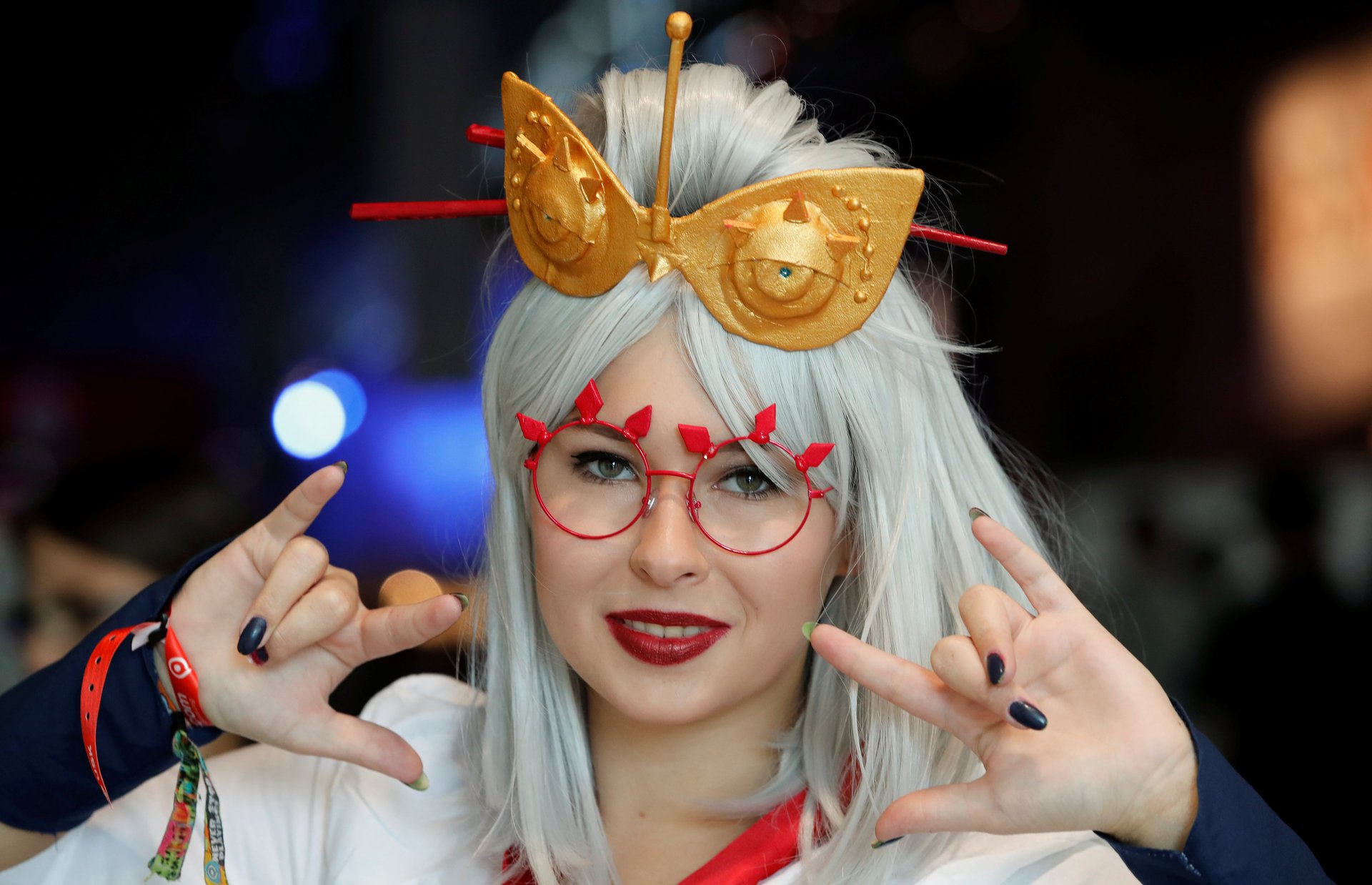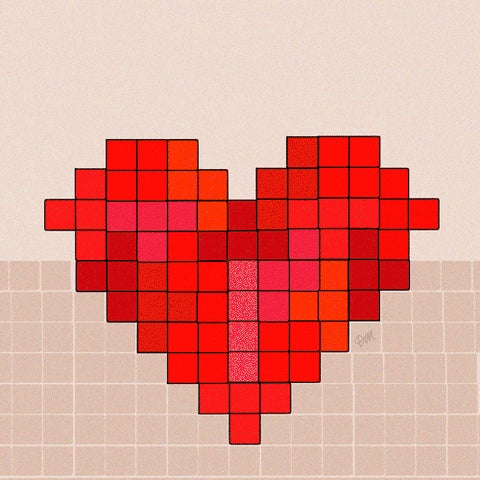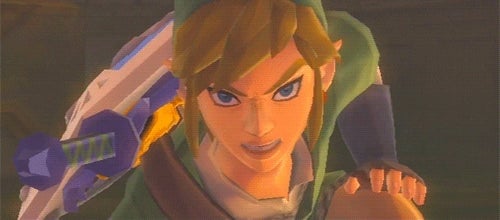The Legend of Zelda: Power, load, explore, save
How one video game keeps putting itself on the map

An enduring adventure
Suggested Reading
In March 2020, the world shut down. Travel became impossible, the outside world became physically dangerous, and governments around the world urged people to do their civic duty and stay home. So, instead of venturing outside, millions of people chose to get lost in the fictional kingdom of Hyrule, the setting of Nintendo’s revered Legend of Zelda franchise.
Related Content
Breath of the Wild was released in 2017 to widespread critical praise, but the pandemic breathed new life into it. With loads of extra free time on their hands, even casual gamers didn’t mind pouring hundreds of hours into a game that you could actually spend hundreds of hours in and keep discovering new things.
A monumental achievement in gaming, Breath of the Wild not only pushed the Zelda storyline to new depths but fundamentally reinvented the category of open-world gaming. That’s ultimately the legacy of the Zelda games—they’re not only industry-standard for gameplay and storytelling, but consistently push the boundaries of what’s technically possible.
Now there’s a new chapter in the saga—Tears of the Kingdom came out on May 12, 2023. How, without lockdowns in place, does anyone find the time to spend this many hours in a magical world?
Hey! Listen!
By the digits
29.8 million: Copies of Breath of the Wild sold for the Nintendo Switch
10 million: Copies of Tears of the Kingdom sold in its first three days alone
$69.99: Price of the Tears of the Kingdom game, Nintendo’s first game at that price point
19: Canonical games in The Legend of Zelda series
31 sq mi: Map size of Breath of the Wild—Tears of the Kingdom is nearly three times as large
$3.4 billion: Estimated gross revenue from the Zelda franchise since 1986
Explain it like I’m 5
The TLDR on Zelda
The Zelda story is, at its most basic, pretty simple: There’s a hero named Link who lives in the kingdom of Hyrule. He has to save a princess called, you guessed it, Zelda. (Don’t get this wrong, Zelda is rarely portrayed as a complete damsel in distress, à la Princess Peach of the Mario games.) Link’s main foe is the demon-king Ganon—often called Ganondorf—who is constantly trying to conquer Hyrule and the realms beyond.
Link typically has to journey across the land, solve puzzles, help people out, defeat bad guys, and level-up his abilities en route to defeating Ganon and saving Zelda.
Quotable
“Someone might write an entire university dissertation on a specific part of the worlds created by Tolkien. Zelda lore isn’t quite on that level yet, but it does have depth.”
—Ed King, a YouTuber (“Zeltik”) with 750,000 subscribers, exploring the mythology behind the Zelda franchise, in an interview with The New York Times
Origin story

The many legends of Zelda
Since 1986, millions of people have fallen for the time-twisting stories of Zelda and Link, but Breath of the Wild completed the full transformation from Zelda’s origins as a pixelated top-down side-scroller to a magisterially expansive open world where there’s something new to do and see with every step.
The 1998 instant classic Ocarina of Time, released on the Nintendo 64 console. Ocarina of Time was widely acclaimed as one of the greatest video games of all time and a landmark achievement for introducing high-quality three-dimensional design and an early example of open-world gaming. Breath of the Wild had a similar effect two decades later, a feat in open-world design with a 31-square-mile map stuffed to the brim with opportunity, novelty, and serendipity.
Tears of the Kingdom, the direct sequel to Breath of the Wild, builds on what you could see and do in the prior game. In Breath, Link could traverse land and sea, but in Tears, Links soars across the skies above Hyrule and plunges to underworld depths below. The breadth of Hyrule is now so overwhelmingly large that, at times, it feels as utterly untraversible as the Earth itself.
But the size and scope of Tears isn’t the game’s main innovation, it’s the game’s physics.
Throughout the years, the Zelda games have asked players to cross sprawling maps and complete complicated, often convoluted, puzzles and tasks. Many games ask you to play with the construct of time—flitting back and forth through days, seasons, eons—as Link eternally tries to rescue the princess Zelda and save Hyrule. But in Tears, you’re an engineer.
Players are tasked with building their own planes, trains, and automobiles—OK, no trains. Need to traverse a lake? You can use Link’s newfound abilities to chop down trees and fuse a bunch of logs together to build a raft. Strap a couple big fans on the raft, and boom! You can get to the other side.
Gene Park of The Washington Post called the game a “miracle of engineering and elegant artifice” that builds off the legacy of the massively popular Minecraft, which revolutionized in-game building mechanics. Some players have built the unthinkable, constructing a B-2 Spirit stealth bomber, a Trojan horse, and even a giant flamethrowing phallus (even a beautiful game is subject to TTP).
Pop quiz

What is the best selling video game of all time?
A. Tetris
B. Minecraft
C. Super Mario Bros.
D. Grand Theft Auto V
Warp your way to the answer of the quiz, at the bottom of this email.
Brief history
1986: The Legend of Zelda is released in Japan on NES. It took advantage of new tech that allowed players to save the game and mark their progress.
1993: Link’s Awakening is the first Zelda game on Game Boy, Nintendo’s handheld console. It’s a bit of a narrative departure, a strange but compelling dream sequence that, strangely, contains neither hide nor hare of Princess Zelda.
1998: Ocarina of Time introduces a new three-dimensional design and is instantly hailed as a revolutionary moment for video games.
2006: Twilight Princess lets players swing their game controllers like a sword.
2017: Breath of the Wild introduces a true open-world design to Hyrule.
2023: Tears of the Kingdom revolutionizes the physics of video games. letting players build practically anything and use it in the game.
Fun fact!
Link, the game’s protagonist, does not speak in the series. Every other character does, though. In Breath of the Wild, however, players might encounter a diary entry from Zelda that tries to explain Link’s perennial silence as a coping mechanism. “When I finally got around to asking why he’s so quiet all the time, I could tell it was difficult for him to say. But he did. With so much at stake, and so many eyes upon him, he feels it necessary to stay strong and to silently bear any burden. A feeling I know all too well... For him, it has caused him to stop outwardly expressing his thoughts and feelings.”
Listen to this!
Zelda: The Soundtrack
Here are three hours of gorgeous Zelda soundtrack music, perfect for your next study session. Fair warning: You may want to put down the book and pick up a controller.
Take me down this 🐰 hole!
Time is a flat circle
One key part of the Zelda franchise is its lore. Most Zelda games have a similar plotline: Save the princess, save the kingdom. But that sells everything short. Students of Zelda’s mythology know that there are games placed at the very beginning of the Zelda story, like 2011’s Skyward Sword, and titles placed at the very end—notably Breath of the Wild and Tears of the Kingdom—but there’s also a murky middle. The events of Ocarina of Time break the Zelda story into three distinct timelines—one where Link is a child, one where he’s an adult, and another where he’s a fallen hero, having lost to the bad guy, Ganondorf. It’s confusing, but the rumor is that Tears of the Kingdom explains… all of this… finally.
Poll

Which Zelda game do you prefer?
- Breath of the Wild
- Ocarina of Time
- The Legend of Zelda (the original!)
💬let’s talk!
In last week’s poll about ESG funds, 53% of you said you had not put money into an ESG fund this year, but 41% of you did. The remaining 6% took money out of an ESG fund and put it somewhere else.
Today’s email was written by Scott Nover, (Zelda evangelist) and edited and produced by Annaliese Griffin (mom to a Minecraft enthusiast).
The answer to the quiz is A. Tetris, which has sold 520 million copies across platforms since it debuted in the Soviet Union in 1985.